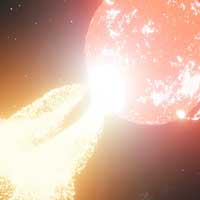 Stellar flares with a chance of radio bursts: that's the weather from Proxima Centauri. New research suggests exoplanets around red dwarf M-type stars will likely be exposed to coronal mass ejections, making the likelihood of finding life as we know it pretty slim.
Stellar flares with a chance of radio bursts: that's the weather from Proxima Centauri. New research suggests exoplanets around red dwarf M-type stars will likely be exposed to coronal mass ejections, making the likelihood of finding life as we know it pretty slim.
Dec 10th, 2020
Read more
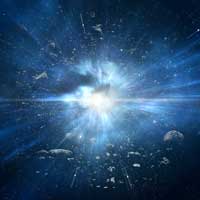 Identifying primordial ripples would be key to understanding the conditions of the early universe.
Identifying primordial ripples would be key to understanding the conditions of the early universe.
Dec 9th, 2020
Read more
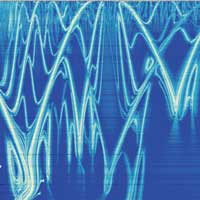 Researchers have discovered a new superhighway network to travel through the Solar System much faster than was previously possible. Such routes could be used to send spacecraft to the far reaches of our planetary system relatively fast, and to monitor and understand near-Earth objects that might collide with our planet.
Researchers have discovered a new superhighway network to travel through the Solar System much faster than was previously possible. Such routes could be used to send spacecraft to the far reaches of our planetary system relatively fast, and to monitor and understand near-Earth objects that might collide with our planet.
Dec 9th, 2020
Read more
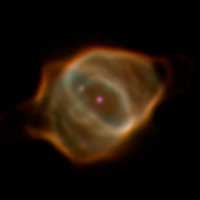 When a previously typical star's behavior rapidly changes in a few decades, astronomers take note and get to work.
When a previously typical star's behavior rapidly changes in a few decades, astronomers take note and get to work.
Dec 4th, 2020
Read more
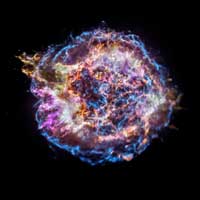 Researchers have discovered that one of the most important reactions in the universe can get a huge and unexpected boost inside exploding stars known as supernovae.
Researchers have discovered that one of the most important reactions in the universe can get a huge and unexpected boost inside exploding stars known as supernovae.
Dec 4th, 2020
Read more
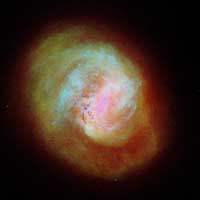 An international team of astronomers announces the most detailed ever catalogue of the stars in a huge swathe of our Milky Way galaxy. The measurements of stellar positions, movement, brightness and colours are in the third early data release from the European Space Agency's Gaia space observatory and will be publicly available.
An international team of astronomers announces the most detailed ever catalogue of the stars in a huge swathe of our Milky Way galaxy. The measurements of stellar positions, movement, brightness and colours are in the third early data release from the European Space Agency's Gaia space observatory and will be publicly available.
Dec 3rd, 2020
Read more
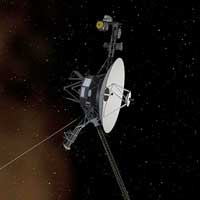 Astronomers report the first detection of bursts of cosmic ray electrons accelerated by shock waves originating from major eruptions on the sun.
Astronomers report the first detection of bursts of cosmic ray electrons accelerated by shock waves originating from major eruptions on the sun.
Dec 3rd, 2020
Read more
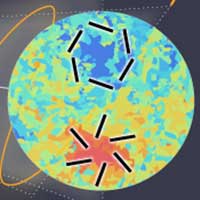 Astrophysicists have developed a new method to calibrate detectors to the light from dust in our Galaxy, thereby describing a new physics, with 99.2 percent accuracy, that may show parity symmetry breaking.
Astrophysicists have developed a new method to calibrate detectors to the light from dust in our Galaxy, thereby describing a new physics, with 99.2 percent accuracy, that may show parity symmetry breaking.
Dec 2nd, 2020
Read more
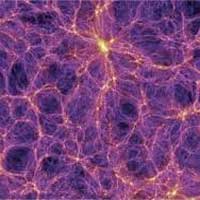 Computer simulations have struggled to capture the impact of elusive particles called neutrinos on the formation and growth of the large-scale structure of the Universe. But now, a research team from Japan has developed a method that overcomes this hurdle.
Computer simulations have struggled to capture the impact of elusive particles called neutrinos on the formation and growth of the large-scale structure of the Universe. But now, a research team from Japan has developed a method that overcomes this hurdle.
Dec 1st, 2020
Read more
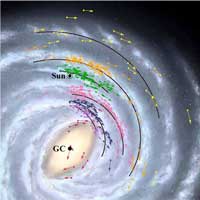 Earth just got 7 km/s faster and about 2000 light-years closer to the supermassive black hole in the center of the Milky Way Galaxy.
Earth just got 7 km/s faster and about 2000 light-years closer to the supermassive black hole in the center of the Milky Way Galaxy.
Nov 30th, 2020
Read more
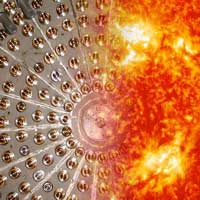 The Borexino Experiment research team has succeeded in detecting neutrinos from the sun's second fusion process, the Carbon Nitrogen Oxygen cycle (CNO cycle) for the first time. This means that all of the theoretical predictions on how energy is generated within the sun have now also been experimentally verified.
The Borexino Experiment research team has succeeded in detecting neutrinos from the sun's second fusion process, the Carbon Nitrogen Oxygen cycle (CNO cycle) for the first time. This means that all of the theoretical predictions on how energy is generated within the sun have now also been experimentally verified.
Nov 26th, 2020
Read more
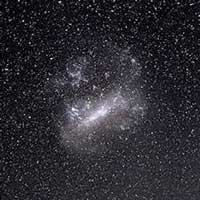 The long-held belief that the Milky Way is relatively static has been ruptured by fresh cosmic insight.
The long-held belief that the Milky Way is relatively static has been ruptured by fresh cosmic insight.
Nov 23rd, 2020
Read more
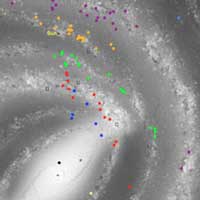 In 1838, Friedrich Wilhelm Bessel won the race to measure the first distance to a star other than our Sun via the trigonometric parallax - setting the first scale of the Universe.
In 1838, Friedrich Wilhelm Bessel won the race to measure the first distance to a star other than our Sun via the trigonometric parallax - setting the first scale of the Universe.
Nov 19th, 2020
Read more
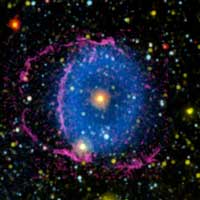 Scientists have discovered a rare object called the Blue Ring Nebula, a ring of hydrogen gas with a star at its center. The properties of this system suggest it is the remnant of two stars meeting their ultimate demise: an inward orbital dance that resulted in the two stars merging. The result offers a new window into the fate of many tightly orbiting binary star systems.
Scientists have discovered a rare object called the Blue Ring Nebula, a ring of hydrogen gas with a star at its center. The properties of this system suggest it is the remnant of two stars meeting their ultimate demise: an inward orbital dance that resulted in the two stars merging. The result offers a new window into the fate of many tightly orbiting binary star systems.
Nov 18th, 2020
Read more
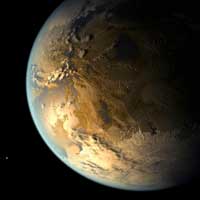 NASA estimates the Milky Way contains hundreds of millions of potentially habitable planets.
NASA estimates the Milky Way contains hundreds of millions of potentially habitable planets.
Nov 17th, 2020
Read more
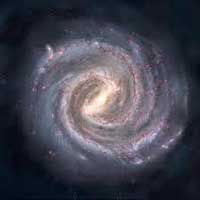 An international team of astrophysicists has succeeded in reconstructing the first complete family tree of our home galaxy by analysing the properties of globular clusters orbiting the Milky Way with artificial intelligence.
An international team of astrophysicists has succeeded in reconstructing the first complete family tree of our home galaxy by analysing the properties of globular clusters orbiting the Milky Way with artificial intelligence.
Nov 17th, 2020
Read more
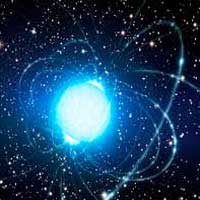 Fast radio bursts, unpredictable millisecond-long radio signals seen at huge distances across the universe, are generated by extreme stars called magnetars - and are astonishingly diverse in brightness.
Fast radio bursts, unpredictable millisecond-long radio signals seen at huge distances across the universe, are generated by extreme stars called magnetars - and are astonishingly diverse in brightness.
Nov 16th, 2020
Read more
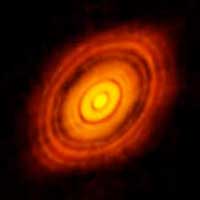 The formation of the solar system may be a long time ago, but it was not an exceptionally long process according to an international research team of planetologists.
The formation of the solar system may be a long time ago, but it was not an exceptionally long process according to an international research team of planetologists.
Nov 13th, 2020
Read more
 Stellar flares with a chance of radio bursts: that's the weather from Proxima Centauri. New research suggests exoplanets around red dwarf M-type stars will likely be exposed to coronal mass ejections, making the likelihood of finding life as we know it pretty slim.
Stellar flares with a chance of radio bursts: that's the weather from Proxima Centauri. New research suggests exoplanets around red dwarf M-type stars will likely be exposed to coronal mass ejections, making the likelihood of finding life as we know it pretty slim.
 Subscribe to our Space Exploration News feed
Subscribe to our Space Exploration News feed















